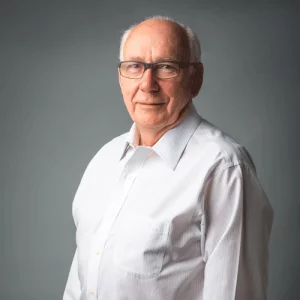Does rapid change of maintenance performance exist?
If change is equivalent to sustainable improvements the answer to this question is “No”.
My experience has shown that 90% of improvement of maintenance performance is about people and 10% is about technology and processes.
This does not mean that technology and design of processes are not important. It is very important to design the right processes for people to enable them to become more productive.
But that is the easy part in an improvement initiative; this part might take only five to ten percent of the effort in time and money.
What takes time is to make an undisciplined reactive organization work in a disciplined process.
Your organization might have many maintenance heroes who value the recognition they receive when they repair a broken piece of equipment.
They might also be rewarded by overtime pay because of the logic that equipment is more likely (76%) to break down when the full maintenance crew is not in the mill.
Technology is also very important. Acquiring the right tools for vibration analyses, precision alignment, and hand held computers etc. is easy because most maintenance people love gadgets and tools.
The challenge comes with implementing these tools so that they are used in a disciplined process.
How will you approach the challenge of making the process work?
Here are just a few examples to demonstrate that 90% of effort to improve maintenance performance is about people.
- You can do basic things like taking action to plan and schedule correction of failures in equipment discovered early by any of these tools.
- Change the mindset of requestors of maintenance work to not request a higher priority on work than necessary because it will drive the organization into a reactive mode.
- It might require an update to the bills of materials so planners can plan more efficiently, etc.
- It will require a close partnership between operations and maintenance so priorities of work are done based on what is most important for the business.
During all my years in the reliability and maintenance management business I have seen and done so many, well written plans and Power Point presentations and yet, often true implementation of these plans are non-existent.
Most organizations know what they need to do so that is not the big issue.
The big issue is to make the system and processes you designed and agreed upon work.
I call this phenomenon the “Know-Do gap”.
I have also worked with many organizations that have reached excellence in reliability and lower costs.
The common denominator for these organizations is that they close the “Know-Do Gap”, they think long term and clearly define the best practices, they consistently communicate these practices, they provide the right tools and consistently execute these practices long term.
Some ideas how to close the “Know-Do Gap”;
The Chinese philosopher Confucius said: “What I hear I forget, what I see I remember and what I do I understand”.
Training is often wasted if it is not followed by immediate implementation. If you have an instituted process for planning it can help to train planners how to plan better.
If you have not instituted a system, the training is often wasted if it is not immediately followed with about three weeks of On-The-Job training and implementation of the whole process including how to plan.
Don’t just include the planners with this On-The-Job training-it must include requestors of work and also people involved in the scheduling process.
The quote below can serve as an example to demonstrate what I am communicating in this article.
Bill Gates said: “Efficient companies will become even better with the use of a Computerized Maintenance Management System (CMMS) while inefficient companies will now have another “distraction” added to their operations which will probably result in even higher costs and lower efficiency, ultimately resulting in even lower equipment availability”.
I encourage you to ask questions or make comments about this article, please email me at [email protected]





